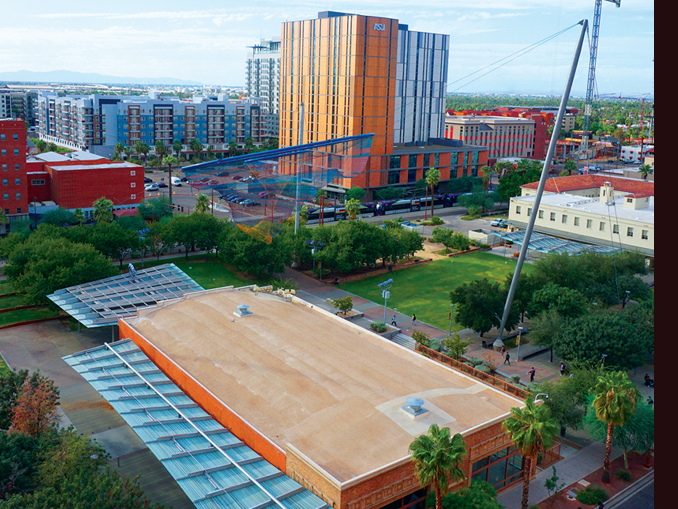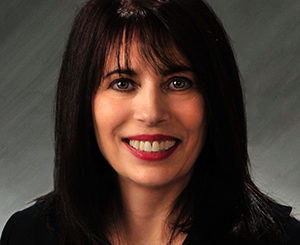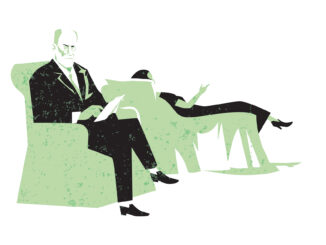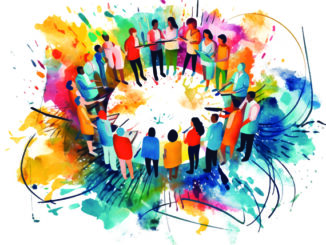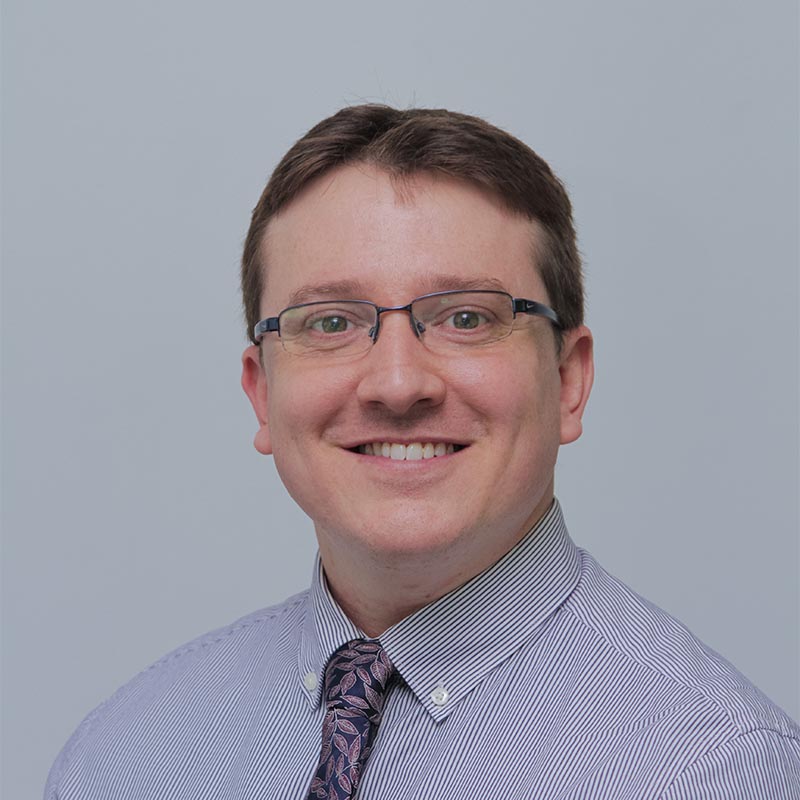
By Nick Wise, Arizona State University, Phoenix, Arizona, nick.wise@asu.edu
In the past year, I have increased my traveling again, but I’m putting a different spin on it.
Pre-COVID, when I would travel for work or to a conference, I was very business-focused. Many of these trips involved focused, linear thinking. Falling into this “trap,” I would often travel long distances, sometimes halfway around the world, and then stay for only a short time.
My shortest trip record was a 44-hour stay in Hong Kong, from arrival to departure back to Glasgow, when I was living in Scotland. These visits were all about the work at hand—as I was regularly traveling to conduct qualitative research related to tourism and geography.
For many of us, business travel is very fast paced. While it’s enjoyable to be in a different place, we often carry our home responsibilities with us, and being away from home can feel like twice the work—instead of a nice reprieve from home.
While I traveled a lot for fun, too, I treated business trips as times to focus on meeting with my research collaborators, discussing strategies, and speaking to audiences.
In the last year, I decided to slow things down a little bit.
Why? The stress of business travel can greatly impact our well-being and mental health, so taking time to escape is good for us. It is smart to focus on our well-being when we travel.
That means breaking our work routine, challenging our thinking in pleasant ways, and finding ways to get out of the meeting and conference rooms when the work is over for the day. This helps us refocus our minds and get a little exercise to take care of our mental and physical well-being while we travel.
Granted, my trips, especially those abroad, are still fairly short. But I still look to create some balance. I try and find this balance by practicing slow tourism. Slow tourism is a trend that developed in the 1990s. It is characterized by someone’s desire to seek out local feelings and experiences. The emphasis is on personal interests and what someone wants to learn about a place’s culture and history. My approach to experiencing slow tourism is to focus on seeking out public art to learn about a place’s local culture as a form of therapeutic recreation.
What Is Public Art?
Simply put, public art is art in public spaces. The term “public art” may conjure images of historic bronze statues of a soldier on horseback in a park. Today, public art can take a wide range of forms, sizes, and scales—and can be temporary or permanent. It often interprets the history of the place and its people and perhaps addresses a social or environmental issue. Public art can include murals, sculptures, memorials, integrated architectural or landscape architectural work, community art, digital new media, and even performances and festivals!
Description above is from Americans for the Arts
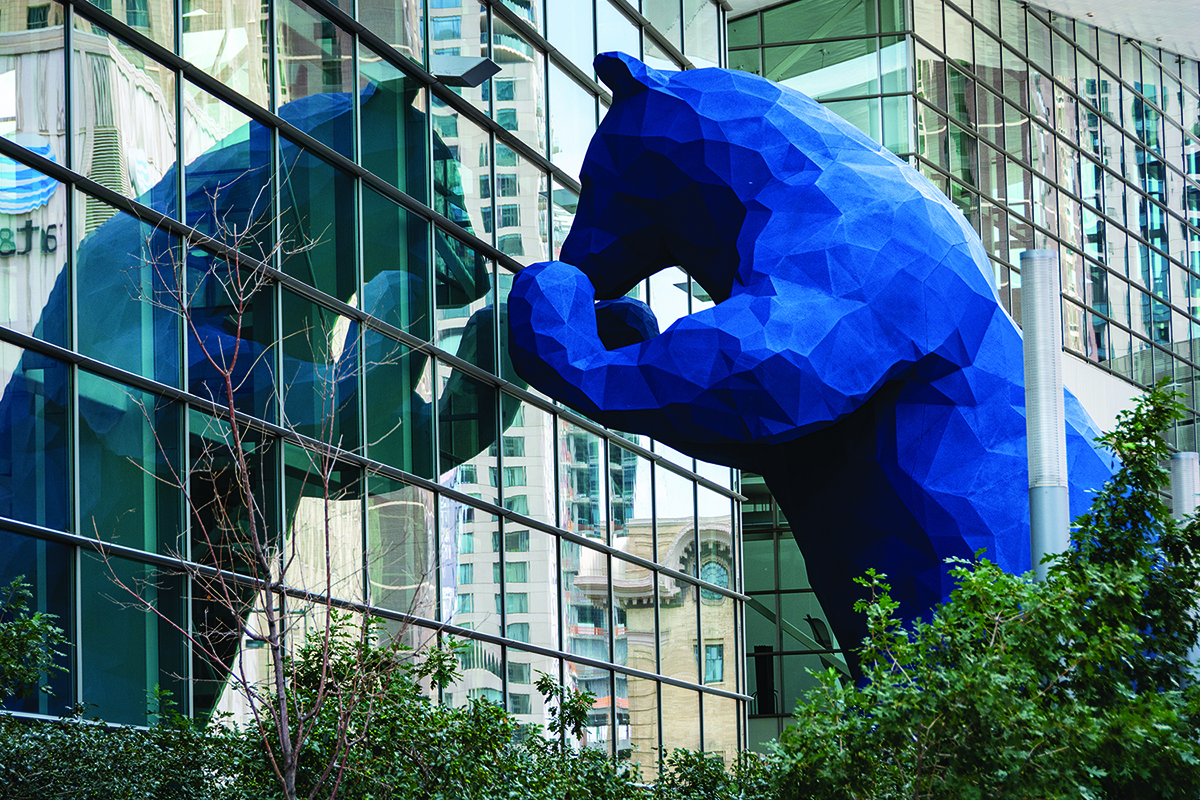
Sculpture: I See What You Mean, Artist: Lawrence Argent
Location: Denver, Colorado Convention Center
Installation Date: 2005
Photo: Chris Allan—stock.adobe.com
Slowing Down as Therapeutic Recreation
Being a slow tourist puts me in another mindset; it’s a way to take in my surroundings and focus on my personal awareness. Therapeutic recreation is integral to how I think about slow tourism.
When we travel for business, what we do for fun (or recreation) can fulfill the meaning of the journey while being in a new place.
It can also help us transition from a mind that is always full—and perhaps even fuller when we travel—to an outlook that is more mindful of what else is out there. It is important that we seek to connect and relate to our different (if temporary) cultural surroundings we find ourselves in.
Therapeutic recreation can satisfy our sense of wonder and help us become more mindful.
A common misconception is that slow tourism is more common in rural areas. Hiking or being in nature is what many might imagine. But in urban environments, slow tourism can mean exploring areas with “artscapes.” I look at it as a way to s…l…o…w…d…o…w…nnnn and just appreciate being in new surroundings and experiencing and getting to know more about the local culture. To me, slowing down and taking in local art is therapeutic.
Local Public Art as My Therapeutic Recreation
Seeking out local public art also helps me engage with the place in another way—a place I’m typically studying for my research on how people engage with the places they visit.
But I also find that taking in public art helps me find a sense of well-being—and ultimately strengthens my research.
For me, seeking out public art in the places I visit is a way to really immerse myself in new surroundings—to feel the slowing and pausing of my steps, to hear the sounds of this space, to smell the aromas of this place, to drink in the colors and shapes of a town. Slowing down also allows me to pivot and turn as much as I walk “forward.” I find myself simultaneously feeling calmed, intrigued, and mentally alert.
Inspiring Nonlinear and Critical Thinking
Seeing public art presents me with opportunities for nonlinear thinking. Nonlinear thinking can be fostered by seeking new and different perspectives; it cultivates creativity, which helps me channel my linear thinking when I make my way back to my meetings with collaborators and in my writing.
Slowing down and taking a chance to reflect also reinforces that strong sense of critical thinking in my work because I have a new experience to relate to.
After I spend an hour or a few hours walking around spaces with public art, I feel a sense of inspiration. Looking at art helps me reflect critically as well. Art helps me challenge my thinking as I unwind and interpret the meanings portrayed in the art. All this by engaging in pleasurable distractions!
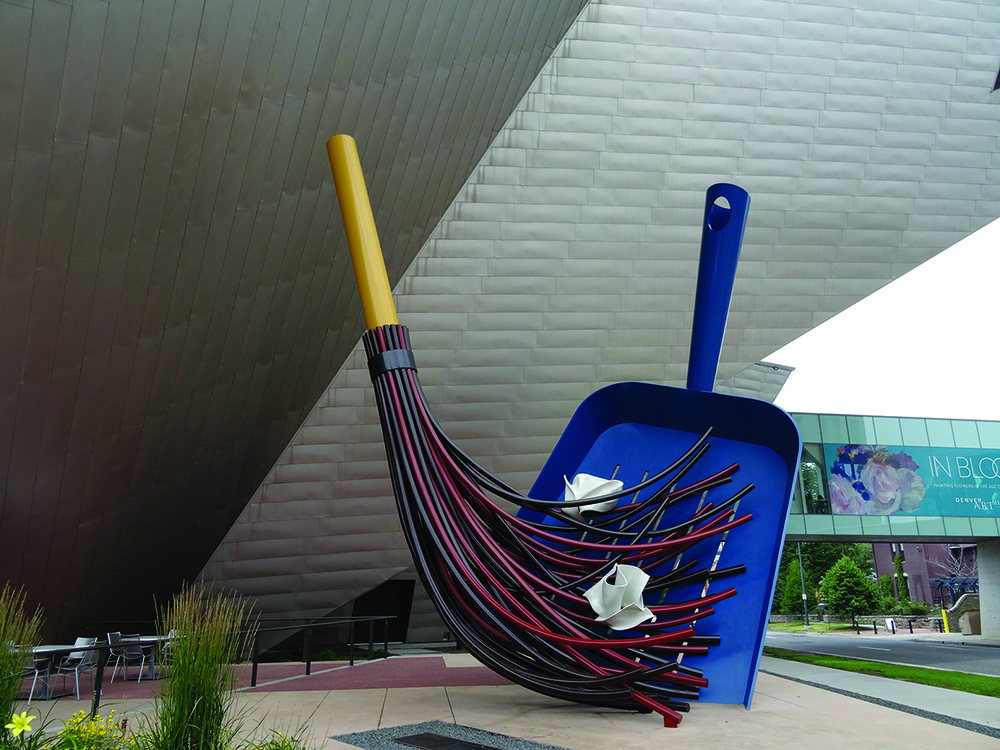
Sculpture: Big Sweep, Artists: Claes Oldenburg and Coosje van Bruggen
Location: Denver, Colorado
Installation Date: 2006
Photo: Eric BVD—stock.adobe.com
Public Art in Vienna
Art, especially public art, has long been an integral part of cultural landscapes. Artwork and murals are often a reflection of a place; they may reflect local culture, social challenges, or influential people.
Public art is increasingly linked to tourism and destination marketing with the intention of bringing people to a particular area or neighborhood. Destinations also use public art to beautify spaces—thus encouraging people to slow down and take it all in.
This past summer, I had two international business trips. I was in Europe for fieldwork, where I worked with colleagues in Slovakia and Croatia. The other trip was attending and presenting my research at an environmental design conference in Mexico City.
Vienna was a central point for travel to/from Europe. Vienna is also renowned for its art museums and public statues. I have been to these museums and photographed many famous statues there on past trips. But now I walk outside rather than spend my time in an indoor museum. This outdoor approach helps me think and reflect, and the exercise energizes me.
Vienna has such an array of public art, with city planners dedicating walls for local artists to creatively turn bland walls into something more inspirational. These dedicated areas also attract people to neighborhoods off the typical tourist path.
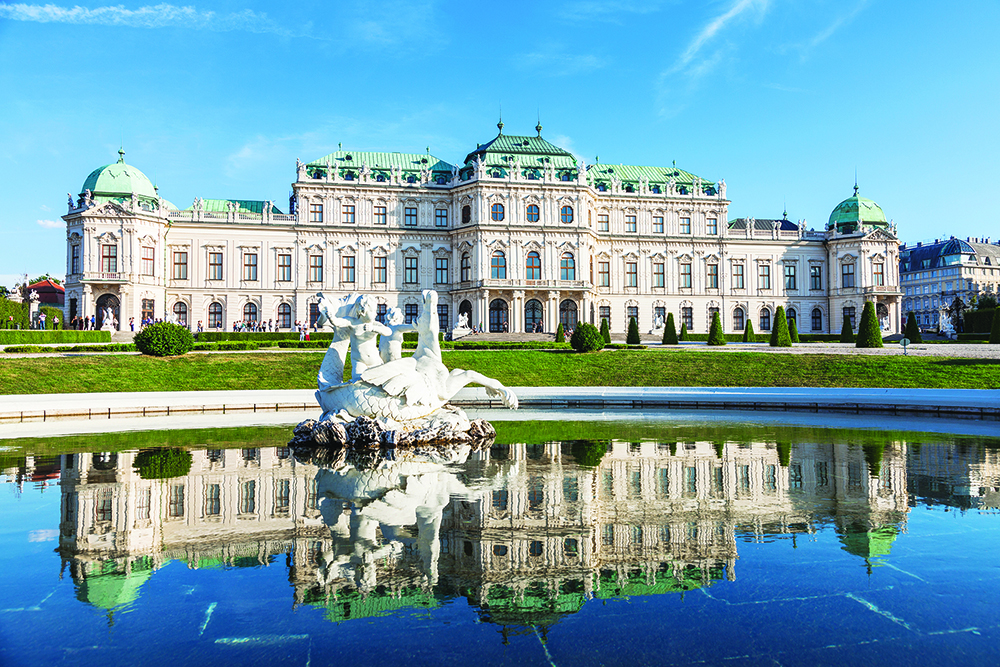
Belvedere Palace in Vienna, Austria
I find that after a long flight, walking through art-filled landscapes helps me immediately connect with the culture of a place and spark creative thoughts ahead of my work or meetings.
In Vienna, one neighborhood along the canal is an industrial area transformed by art. With many buildings appearing abandoned, art brings the spaces back to life. This creative transformation of space helped set the tone for my trip, as I was meeting with colleagues in Slovakia and Croatia to discuss culturally led urban regeneration.
Often, the public art that helps me think is the most complex and open to interpretation. One piece of art that did this for me covered what would have otherwise been an ordinary wall dividing a street above from a garden below. On the garden side of the wall were nine situations flowing through the art. Because it was tucked away from the hustle and bustle of the street, I had the privacy to look at how each of the nine designs was connected. I enjoyed coming up with multiple interpretations and knowing that someone else might come up with still more. I was creatively resting and stretching my brain, looking for no “right” answer—instead, looking for ideas and possibilities.
Public Art in Mexico
A few weeks later, I was at a conference in Mexico at the Universidad Nacional Autónoma de México (UNAM), a campus purposely planned with art. The campus creates a sensory experience that allows you to think critically about different periods of Mexico’s history.
I was drawn to the library, with murals on each of the four sides of the building that take onlookers on a journey from Mexico’s pre-Hispanic past to the colonial past to a contemporary world and modern Mexico.
This walk across or around history challenged me to think of past and present contexts in my own work, and how time shapes how we experience places and meaning in our everyday landscapes.
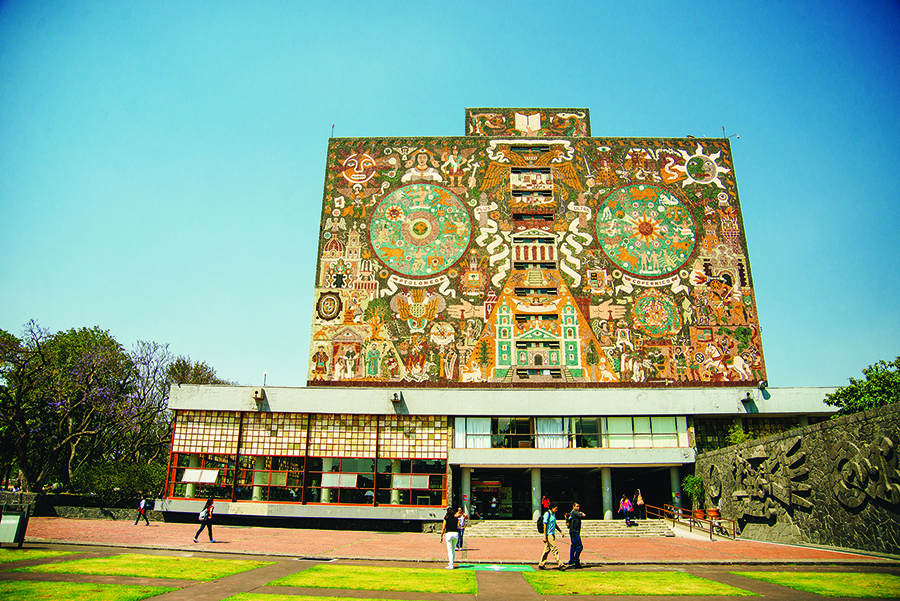
Central University City Campus of the Universidad Nacional Autónoma de México (UNAM)
Photo: IBRESTER—stock.adobe.com
Reflection
Think about what you do for fun to unwind when you travel. While there is much to see, sometimes we find ourselves focused on our business or, if we have time, we quickly run out and see some main attractions. All can seem rushed, and time goes super-fast when we travel. But taking some important time to step back and experience public art can redirect our thinking and challenge us to learn more about what meanings are inscribed in these landscapes.
More than that, there can be plenty of opportunities at home. Here in Phoenix, there is a plethora of public art and new art being commissioned regularly to add culture and transform walls and buildings. My colleagues and I like to take mental health walks, and we purposely pass through areas with art to feel inspired and take in the vividness of the design—while stepping away from the bright screens we sit in front of most of the day.
So, whether taking a break when you travel or just stepping away from your desk at home, public art is an experience to stop, unwind, reflect, and be inspired.

Want to Explore More?
You may be interested in an on-demand interactive webinar from the QRCA Creativity and Innovation SIG that includes case studies.

